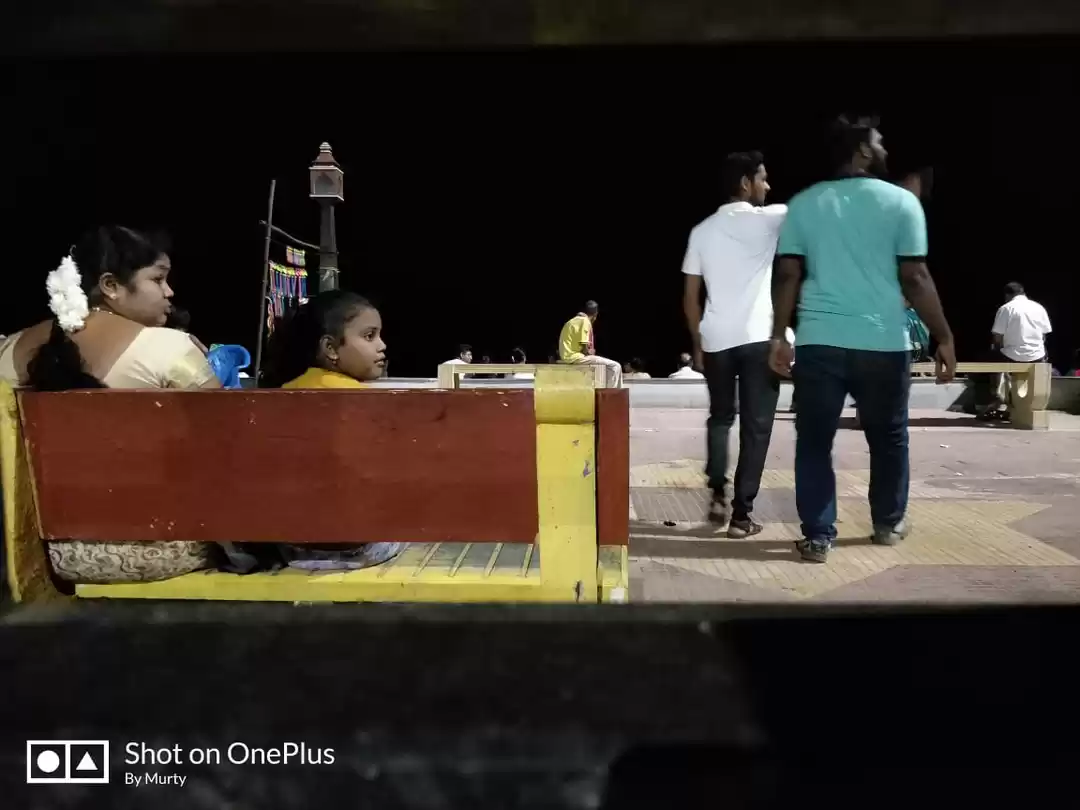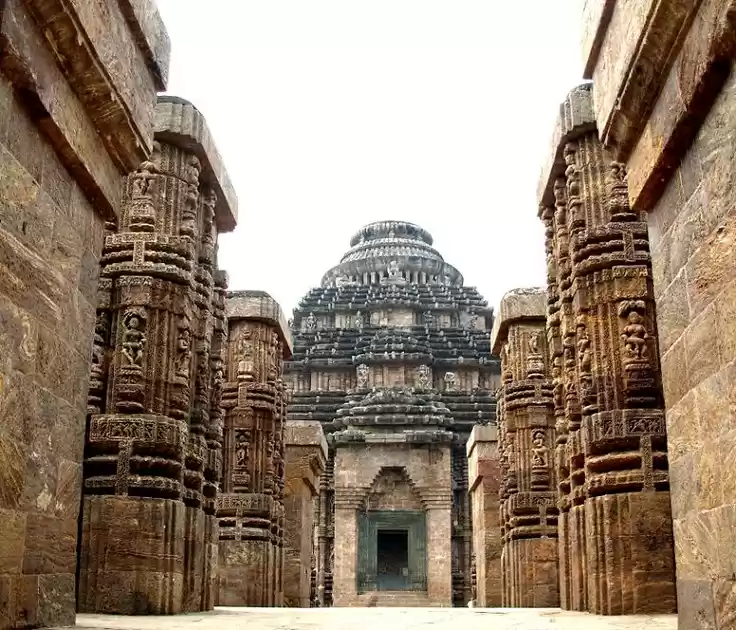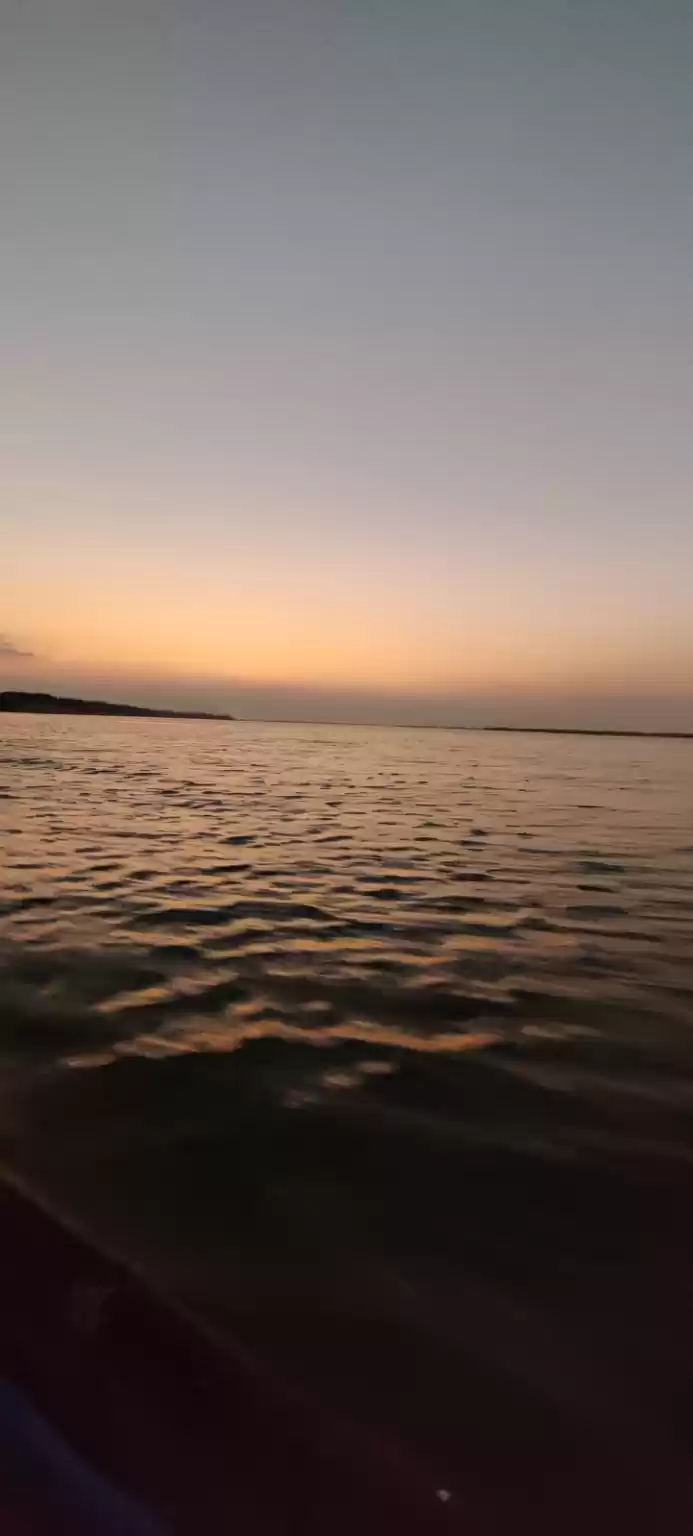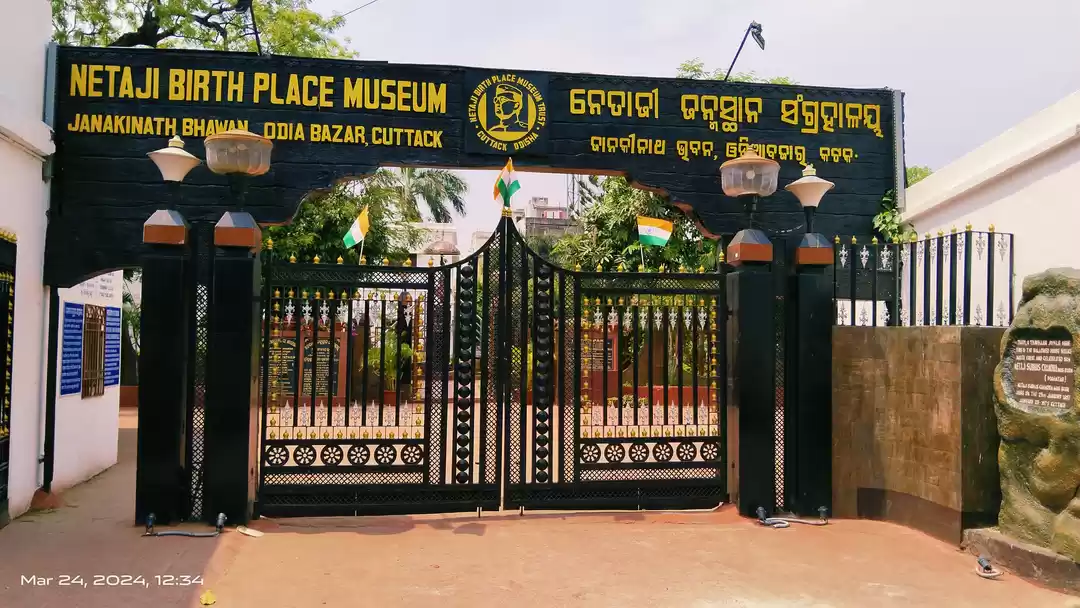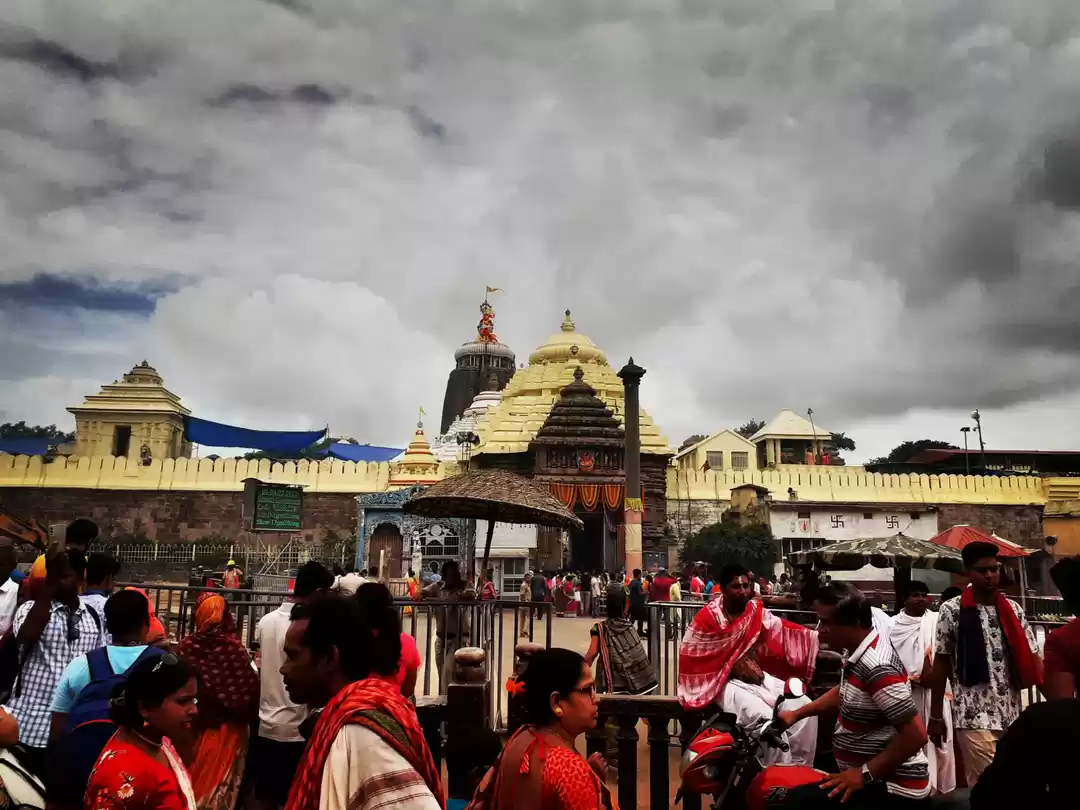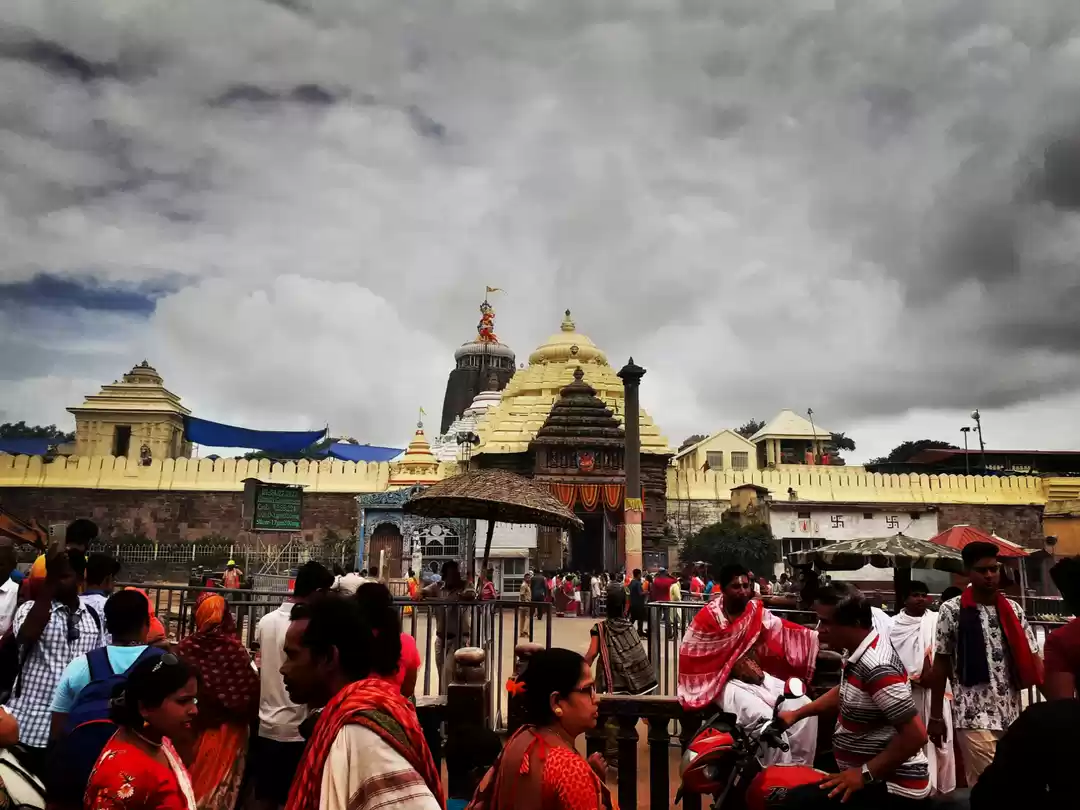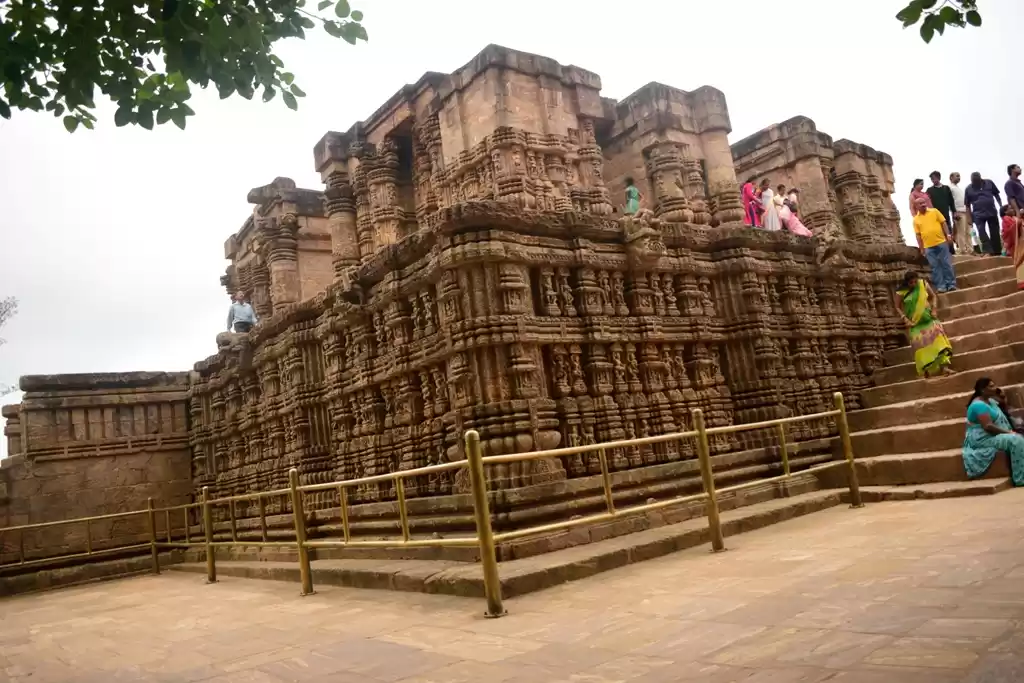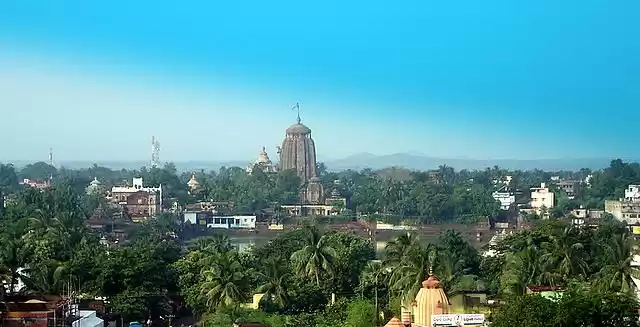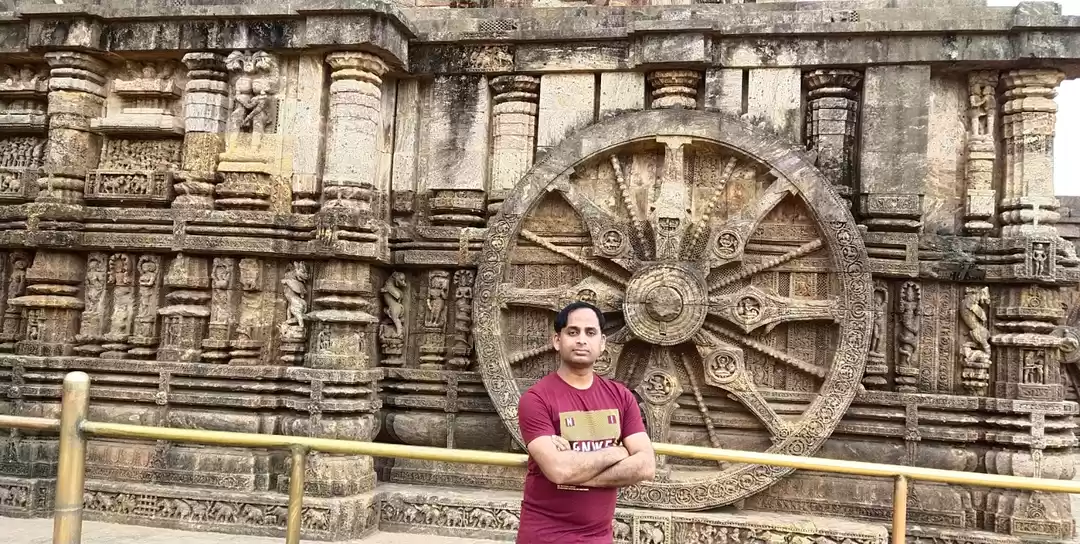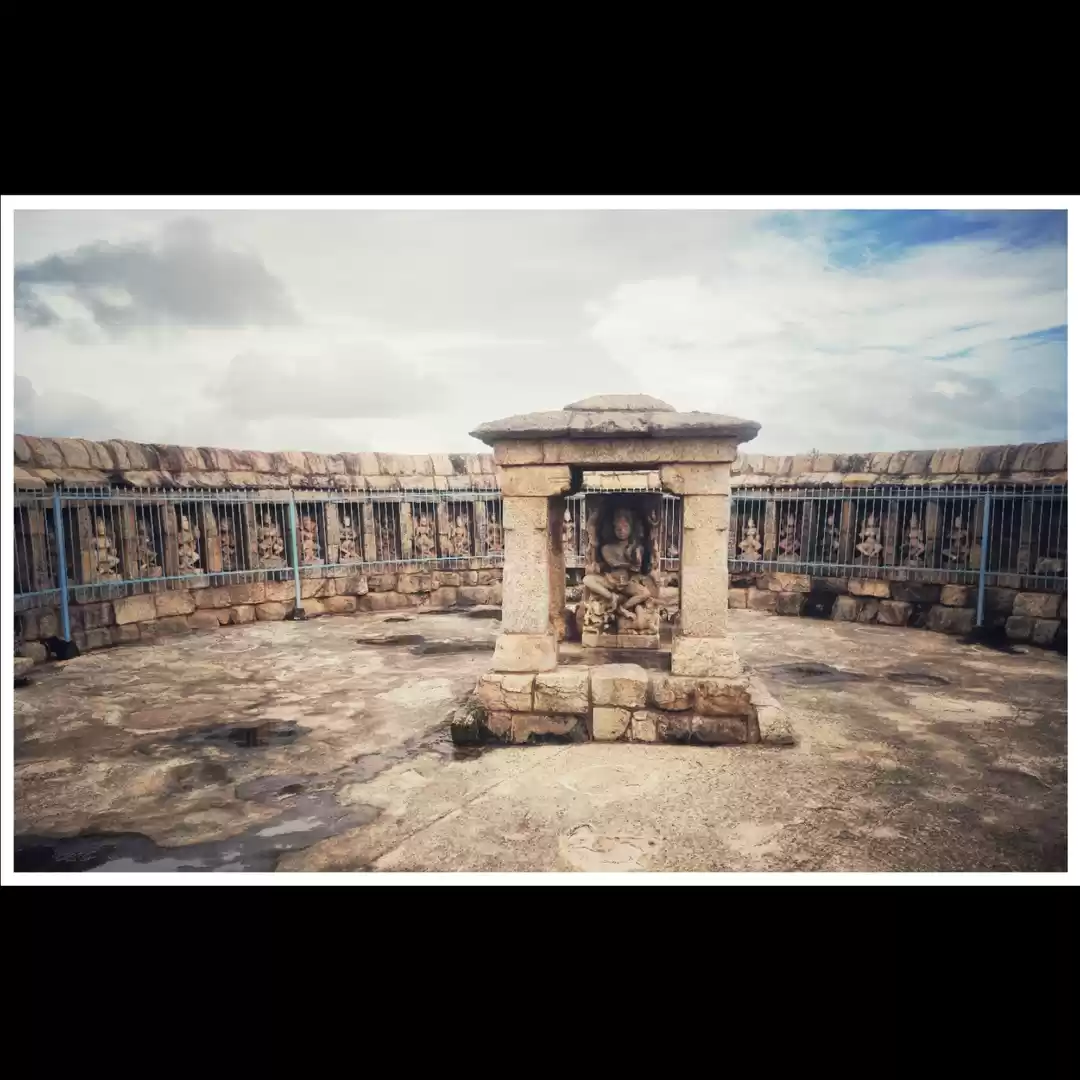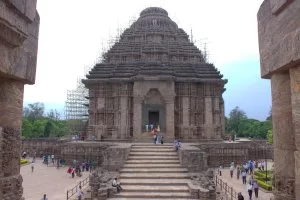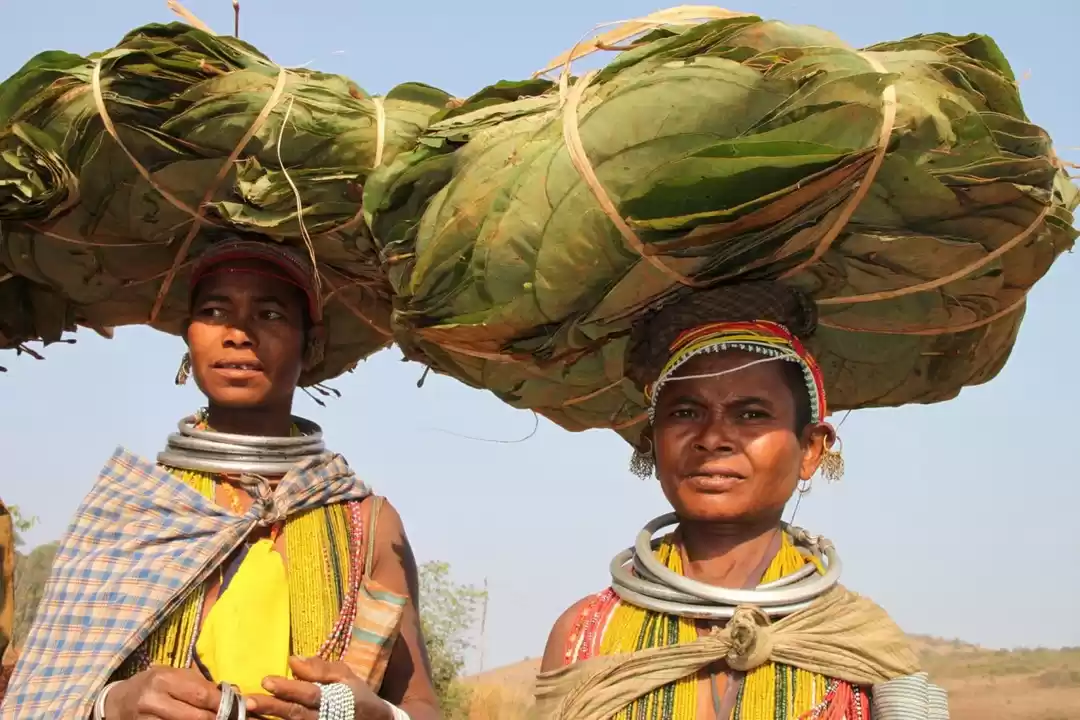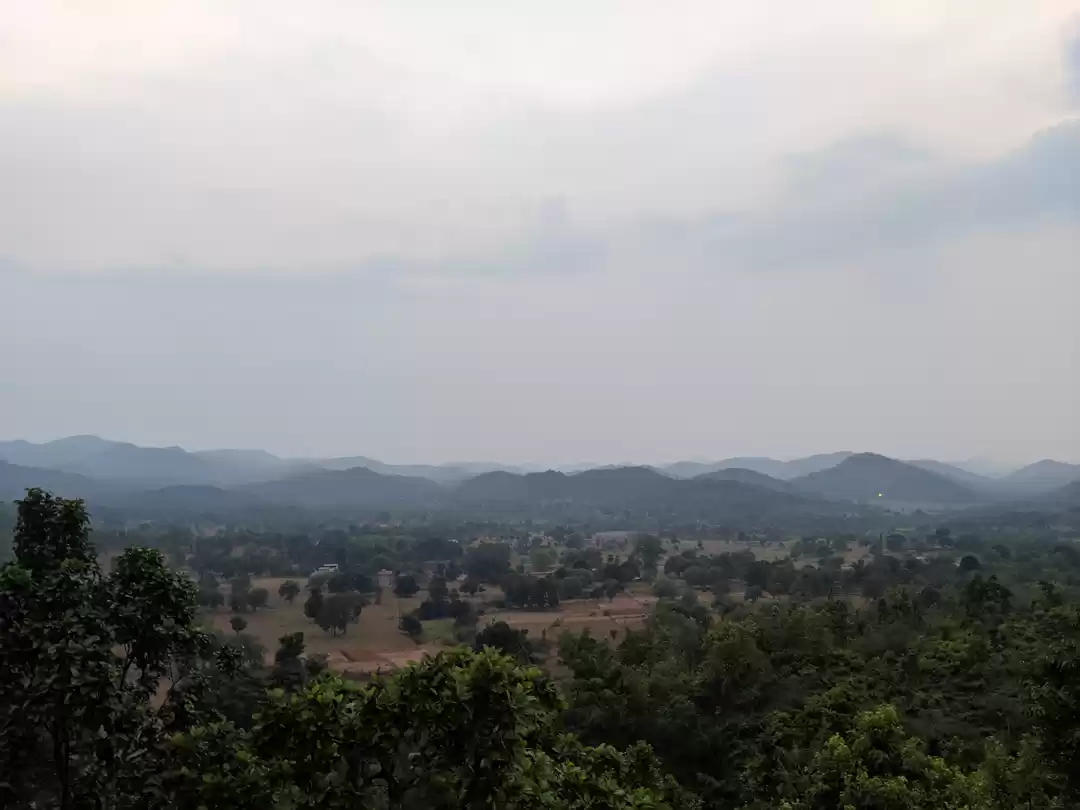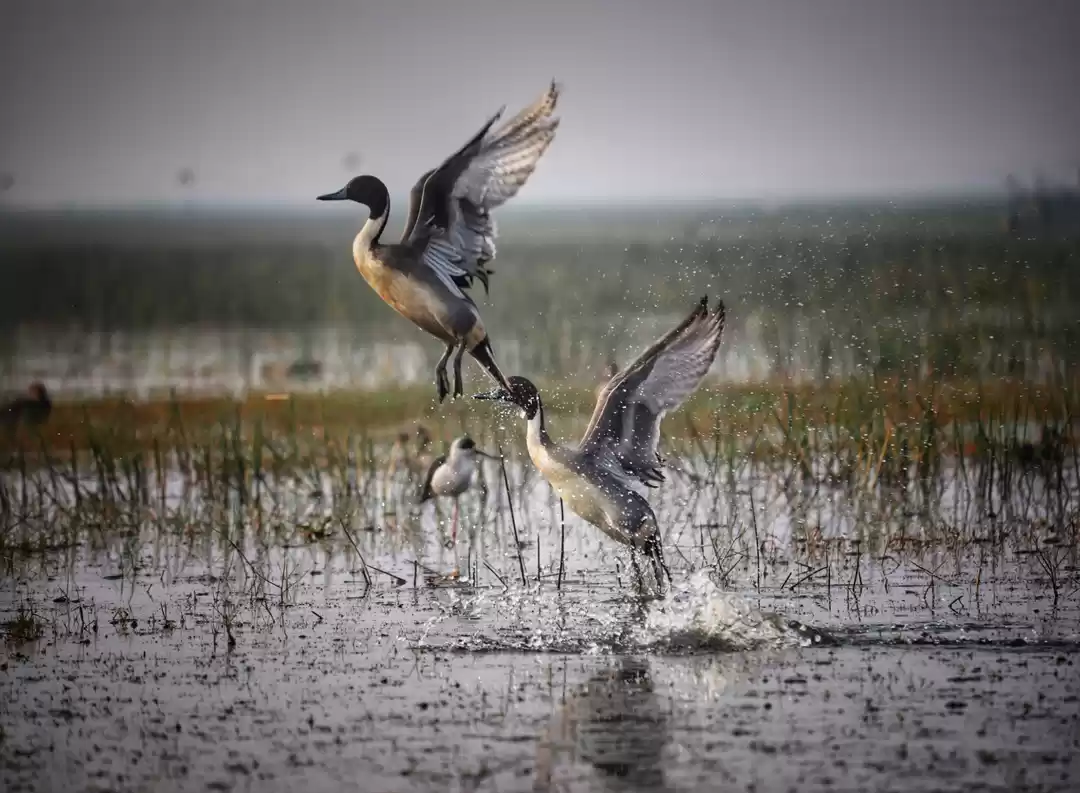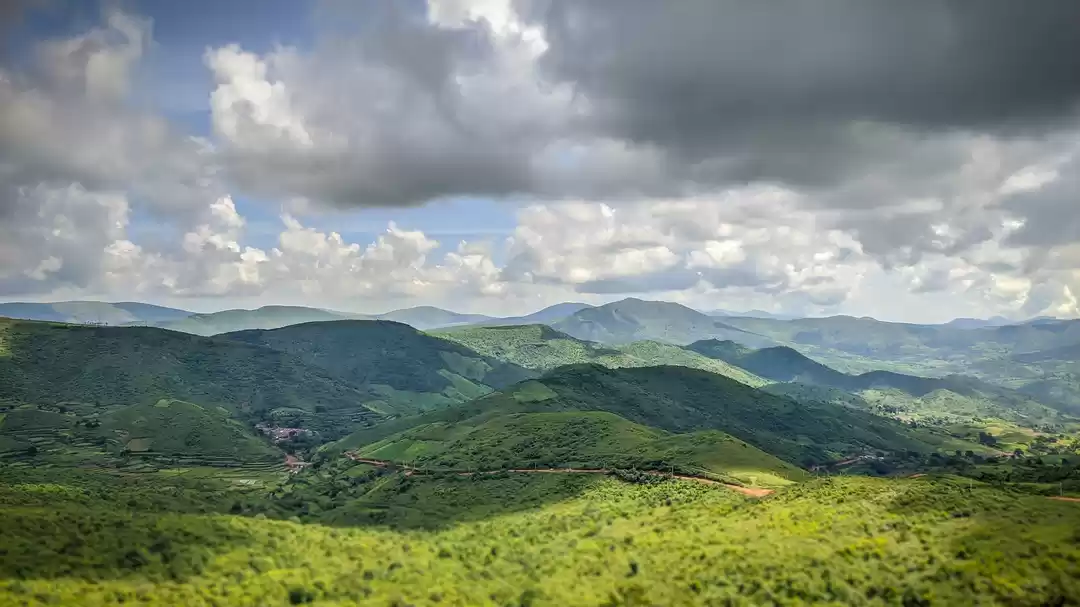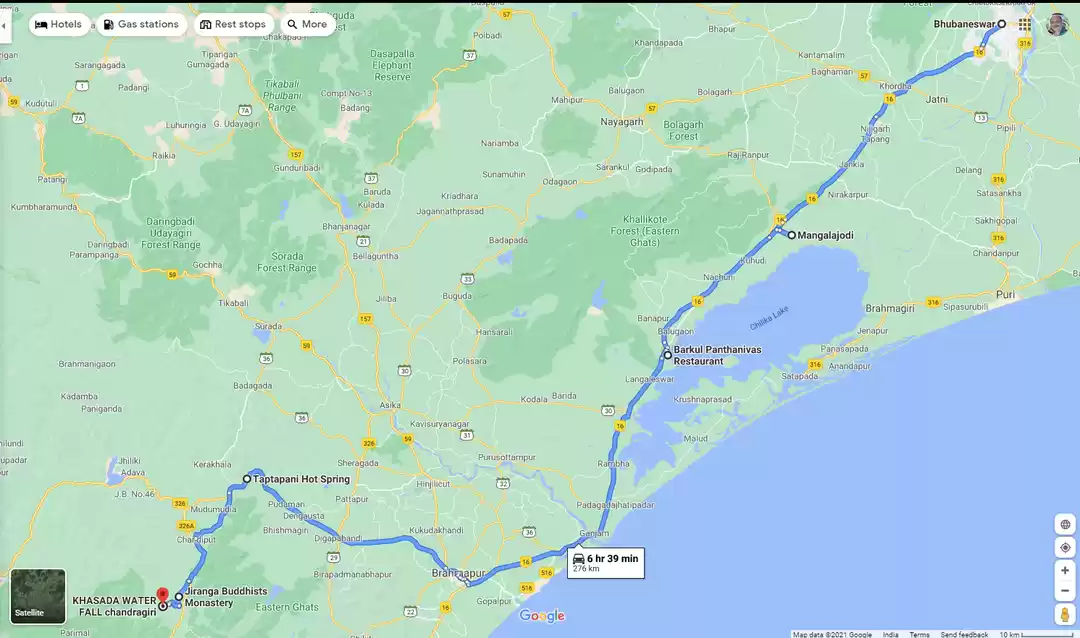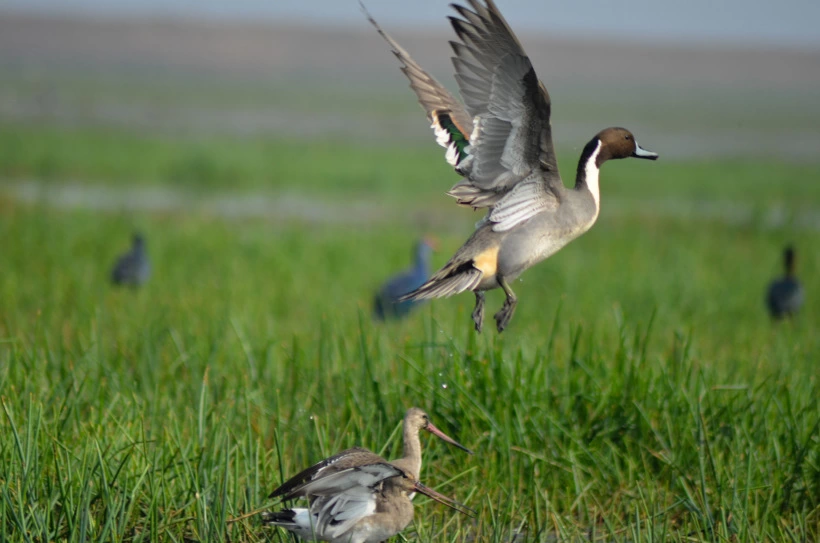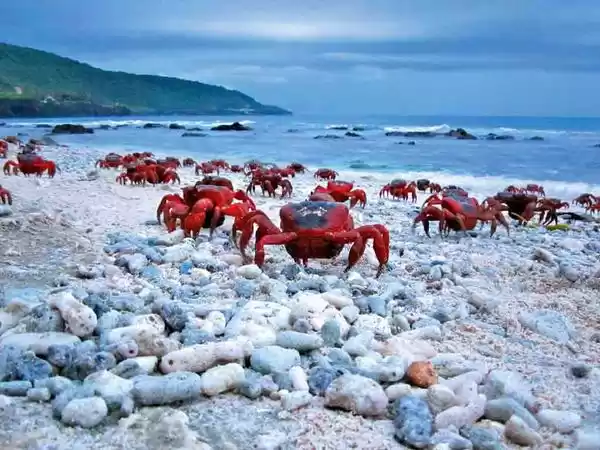
We as travellers are often left wondering of our role towards responsible tourism. While it envelops a great deal, a small step is all you need to mark a beginning. For me, it began from the trail towards ecotourism in Odisha!

What is Ecotourism?
Ecotourism is the preservation of untouched places by impacting them in the least possible way. It aims at conservation of nature, flora and fauna, in their natural habitat and encompasses the beliefs of responsible travel of making a positive impact on the environment and society of these places. And that is where came my first stop.
Mangalajodi
A small village nestled along the shores of Chilika Lake, has plenty of stories to tell. But these tales can well be summed up in a line - from poachers to protectors.

Once notorious as the 'poacher's village', Mangalajodi has come a long way over the past decade, in becoming renowned as the 'protector'. The birds, migratory and domestic, which once laid on the plates here and adorned the hearths and homes of many, are now protected by the same people. The stories of hunting a rare bird species are not uncommon in the region. Resultantly, the birds changed their course. It took a decade of persuasion to turn the whole thing around. Now, the same villagers guard and protect the birds in the largest internal saltwater lake of Asia.

The best time to visit would be from mid-December to mid-January when the marshland is covered with an overwhelming number of about two hundred different bird species, both domestic and migratory.












How to reach
The nearest airport is the Biju Patnaik International Airport in Bhubaneswar from where Mangalajodi is about 75 kms (50 mi) away. The nearest railhead is Mukteswar but it only hosts passenger trains.
I took a train till Kalupara Ghat, about seven kms away and then an onward passenger train to Mukteswar. Alternatively, auto-rikshaws can be hired from Kalupara Ghat.
Where to stay
Unquestioningly at the Mangalajodi Eco Tourism. It is a community-based venture promoting the protection and conservation of the bird species while providing a means of livelihood to the local populace.
An important part of travelling responsibly and making a positive impact is engagement with local culture, tradition, and ways of lives. And that thought gave way to the next pin on the map.
Koraput

Odisha is home to about sixty different tribal groups most of which are settled in Koraput. I took an early morning walk to the nearby villages namely Khujam, Lenjiguda, Matamputa, Upapuda, and Bantalbiri. The tribals of Gadba, Domb, Mali, and Harijan communities reside in the villages and practise traditional farming methods of growing vegetables, dhaan (rice), haldi (turmeric), and other medicinal plants.


Oh and yes, they love their sport!

Volleyball is a famous sport in Odisha, especially in Koraput
and even more, welcoming strangers.

Koraput, apart from being home to a diverse and culturally rich tribal populace, also houses a stunning piece of beauty, the Duduma Waterfalls, located on the border of Odisha and Andhra Pradesh.

The falls are located in Machkund formed by a river known by the same name. The bondas, an aboriginal tribe living around the area organise small weekly markets. You'd see a typical bonda woman dressed in large beaded necklaces running down till a little below the waistline, a headband on a shaved head, bangles made of silver, and earrings made of brass. Interestingly, unlike many other parts of India, Bonda women enjoy a privileged position in comparison to men.
Where to stay
A great initiative in Bantalbiri, home to the harijan and gadba tribal communities, is the locally managed Desia Social Resorts. Their focus is on community development; they employ the tribals as cooks and managers of the resorts besides contributing a part of their tariff directly to the collective growth of the villages. Gorging on the local delicacies, mingling with an entirely different cultural, dancing to their tunes, and tucking away the night in serene silence while staying a responsible tourist is perhaps what any traveller could ask for.



How to reach
Koraput nears the Odisha border towards Andhra Pradesh. Ideally, people take the scenic route from Vishakhapatnam to Koraput. I was travelling within Odisha and made a much off-the-course stop at Koraput.
By train
The two railheads are Jeypore and Koraput. While the former is suitable for taking a public transport, the latter has better taxi services.
There are two buses that leave Jeypore for Koraput - one in the morning, the other in early afternoon. I took the later one for a three hour ride with some tribal groups among others.
Koraput Railway station is better connected with the tribal areas, through private transport like taxis. Alternatively, the resort can also arrange for a pick-up and drop.
For a novice solo traveller, I'd recommend going with the latter. It is more convenient.
By air
Vishakhapatnam in Andhra Pradesh is the nearest airport. From there, the most preferred is the road route. Bantalbiri is about 185 kms (115 mi) away from Vishakhapatnam airport.
Odisha is largely a meat-eating population, be it the bustling cities or remoter lands. Even then I got to try some delicious vegan food like pancakes made out of millet, locally grown vegetables and rice served by beaming faces.
The importance of responsible travel, especially in the age of over-tourism can't be debated. While focussing on and reducing our negative impact as travellers, it becomes essential to widen the perspective and look for more community-centred and socially responsible travel options to positively affect the lives we touch. And Odisha is the right place to begin with!
I travelled solo through the entire state for about a week. And as I discussed in my previous post, I found the state to be absolutely safe for solo female travellers. The only constraint is language and that too in remote areas. Besides that, people are more than happy to help and I cannot stress that enough.


